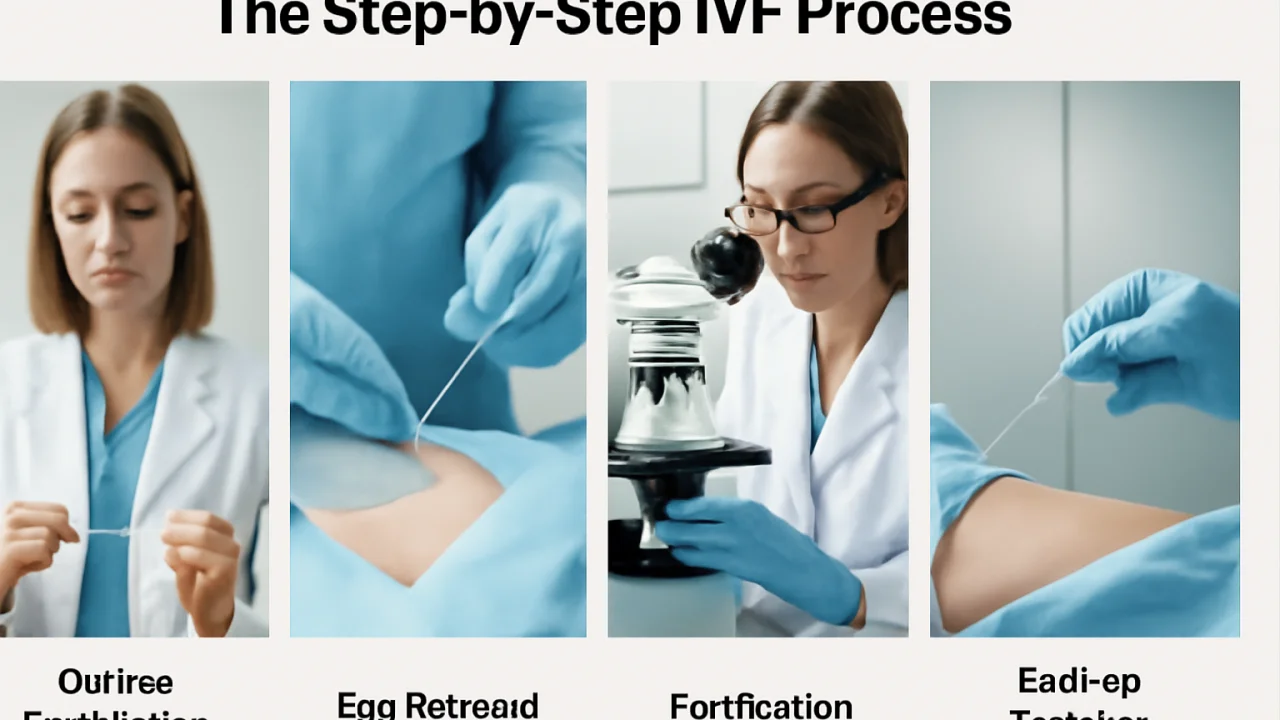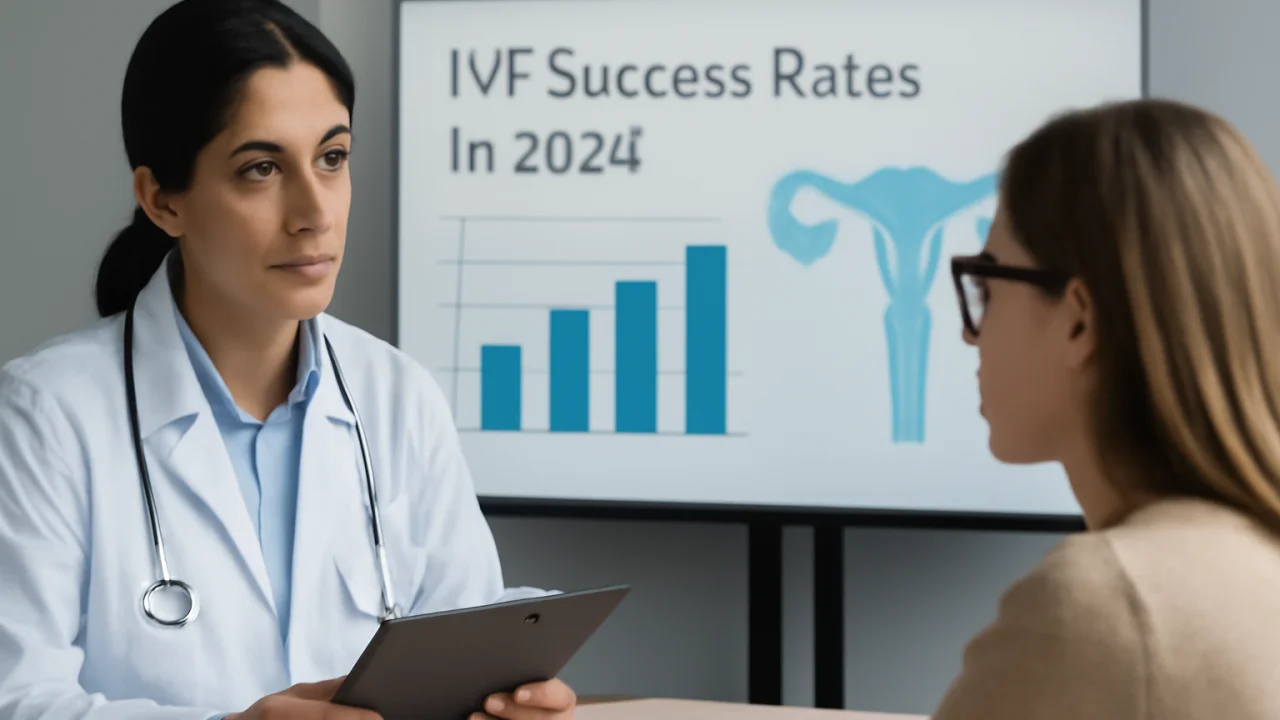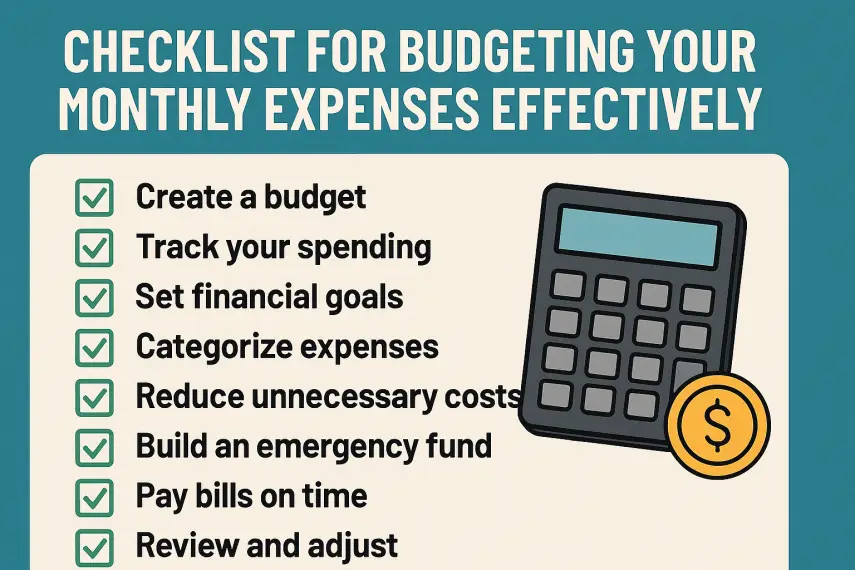
IVF: A Complete Guide to In Vitro Fertilization in 2024
📑 Contents
IVF: A Complete Guide to In Vitro Fertilization in 2024
In Vitro Fertilization (IVF) has revolutionized fertility treatment, offering hope to millions of individuals and couples struggling with infertility. As technology and medical expertise have advanced, IVF has become more effective, accessible, and customizable. This comprehensive guide covers everything you need to know about IVF in 2024—from the basics, step-by-step process, and success rates to costs, risks, and practical tips for boosting your chances of a successful pregnancy.
What Is IVF and Who Needs It?

IVF, or In Vitro Fertilization, is a type of assisted reproductive technology (ART) that involves fertilizing an egg with sperm outside the body in a laboratory setting. The resulting embryo is then transferred to the uterus, with the goal of achieving a successful pregnancy.
Who Can Benefit from IVF?
- Women with blocked or damaged fallopian tubes
- Couples with unexplained infertility
- Women with ovulation disorders
- Men with low sperm count or motility
- Individuals with genetic disorders seeking pre-implantation genetic testing (PGT)
- Same-sex couples or single parents using donor eggs, sperm, or embryos
IVF is commonly recommended after other fertility treatments—like medication or intrauterine insemination (IUI)—have not resulted in pregnancy, or in cases where such treatments are not suitable.
The Step-by-Step IVF Process

The IVF journey typically unfolds over several weeks. Here’s a breakdown of the main stages:
- Ovarian Stimulation: Fertility medications are used to stimulate the ovaries to produce multiple eggs, rather than the single egg that naturally develops each cycle.
- Monitoring and Trigger Shot: Regular ultrasounds and blood tests monitor follicle growth. When the eggs are ready, a "trigger shot" (hCG) is administered to mature the eggs for retrieval.
- Egg Retrieval (Aspiration): A minor surgical procedure under sedation collects eggs from the ovaries using a thin needle guided by ultrasound.
- Fertilization: Collected eggs are mixed with sperm in the lab. Fertilization may occur naturally or via intracytoplasmic sperm injection (ICSI), where a single sperm is injected directly into an egg.
- Embryo Culture: Fertilized eggs (embryos) are monitored for several days as they develop.
- Embryo Transfer: One or more healthy embryos are selected and transferred into the uterus. Extra embryos may be frozen for future use.
- Pregnancy Test: About two weeks after transfer, a blood test checks for pregnancy.
IVF Timeline Overview
| Stage | Typical Duration | Key Activities |
|---|---|---|
| Ovarian Stimulation | 10-14 days | Daily hormone injections, monitoring |
| Egg Retrieval | 1 day | Outpatient procedure |
| Fertilization & Embryo Culture | 3-6 days | Lab fertilization, embryo monitoring |
| Embryo Transfer | 1 day | Embryo placed in uterus |
| Pregnancy Test | 14 days after transfer | Blood test for hCG |
IVF Success Rates in 2024

Success rates for IVF depend on multiple factors, including age, cause of infertility, and clinic expertise. In 2024, advances in lab techniques and genetic testing have improved outcomes, but age remains the most significant predictor.
Average IVF Success Rates by Age Group
| Age Group | Live Birth Rate per Cycle (%) |
|---|---|
| Under 35 | 45-55% |
| 35-37 | 35-44% |
| 38-40 | 25-34% |
| 41-42 | 15-24% |
| Over 42 | 5-14% |
Note: Using donor eggs can significantly increase success rates for women over 40.
IVF Costs and Financial Considerations
The cost of IVF varies widely based on location, clinic, and specific patient needs. In 2024, a single standard IVF cycle in the US typically ranges from $12,000 to $18,000, excluding medications and additional procedures.
Common IVF Cost Components
- Initial consultation and testing
- Ovarian stimulation medications ($3,000–$7,000)
- Monitoring and ultrasounds
- Egg retrieval and anesthesia
- Lab fertilization and embryo culture
- Embryo transfer
- Additional options: ICSI, PGT, embryo freezing, donor gametes
Some insurance plans now cover part of IVF costs, especially in states with mandated infertility coverage. Many clinics also offer financing plans or multi-cycle packages. Always ask for a detailed, itemized quote before starting treatment.
Risks and Side Effects of IVF
While IVF is generally safe, it does carry some risks and potential side effects:
- Ovarian Hyperstimulation Syndrome (OHSS): Over-response to fertility drugs can cause swollen, painful ovaries.
- Multiple Pregnancy: More than one embryo implanting can increase health risks for mother and babies.
- Procedure Risks: Egg retrieval is minor surgery but carries risks of bleeding, infection, or injury.
- Emotional Stress: The process can be physically and emotionally demanding.
- Other Side Effects: Bloating, mood swings, headaches, and abdominal pain from medications.
Discuss your individual risk factors with your fertility team. Most complications are rare and manageable with prompt medical care.
Tips to Improve IVF Success
While not all factors are within your control, several strategies can help optimize your chances of IVF success:
- Maintain a healthy weight: Both underweight and overweight individuals may have lower success rates.
- Stop smoking and limit alcohol: These substances can negatively affect egg and sperm quality.
- Manage chronic conditions: Work with your doctor to control diabetes, thyroid issues, etc.
- Follow your medication protocol exactly: Timing is critical during IVF cycles.
- Reduce stress: Consider counseling, support groups, or relaxation techniques.
- Eat a balanced diet: Focus on whole foods, vitamins, and hydration.
- Discuss add-ons with your doctor: Techniques like PGT, assisted hatching, or endometrial receptivity testing may be recommended in some cases.
Latest Advances in IVF (2024)
IVF is a rapidly evolving field. In 2024, several innovations are improving outcomes and expanding options:
- Non-invasive embryo assessment: AI and imaging help select the healthiest embryos without biopsies.
- Expanded pre-implantation genetic testing (PGT): More comprehensive and affordable, reducing miscarriage risk.
- Personalized ovarian stimulation protocols: Tailored to each patient’s unique hormonal profile.
- Fertility preservation: Egg freezing and embryo banking are more successful and widely available.
- Improved male infertility treatments: Better sperm selection and micro-TESE techniques.
Ask your clinic about the latest technologies and whether they’re appropriate for your situation.
Frequently Asked Questions About IVF
1. How many IVF cycles does it usually take to get pregnant?
Success is possible in a single cycle, but many people require two or more attempts. Cumulative success rates after three cycles may reach 60–80%











